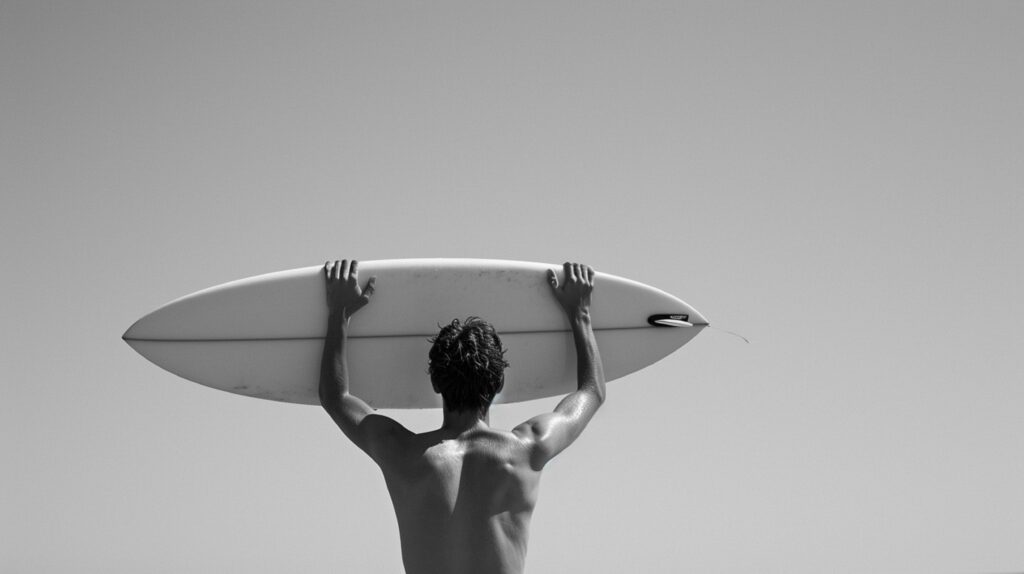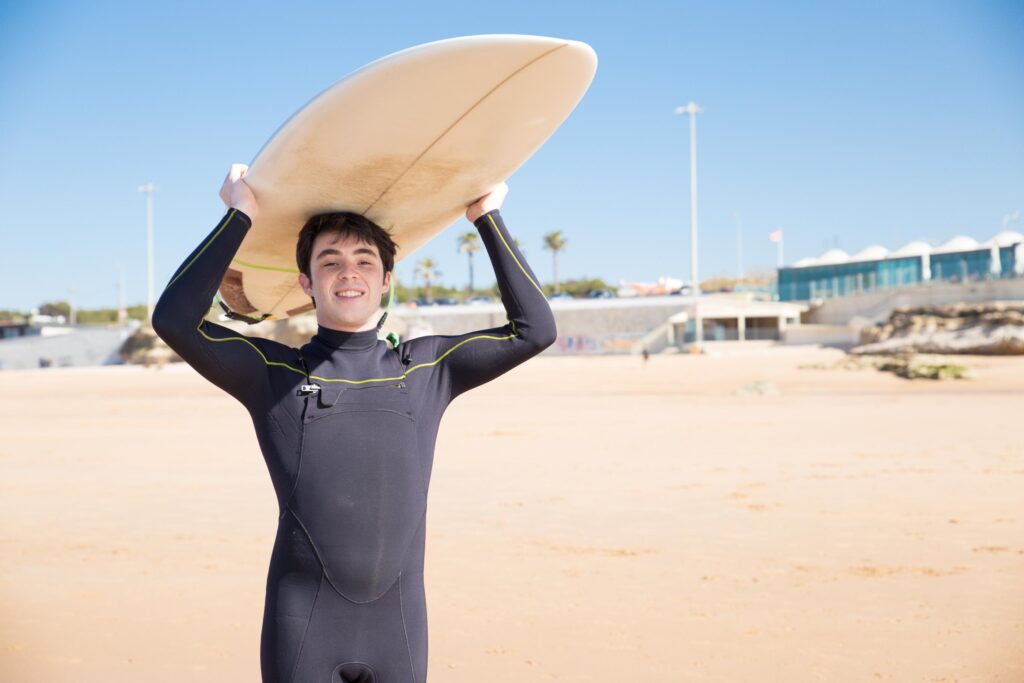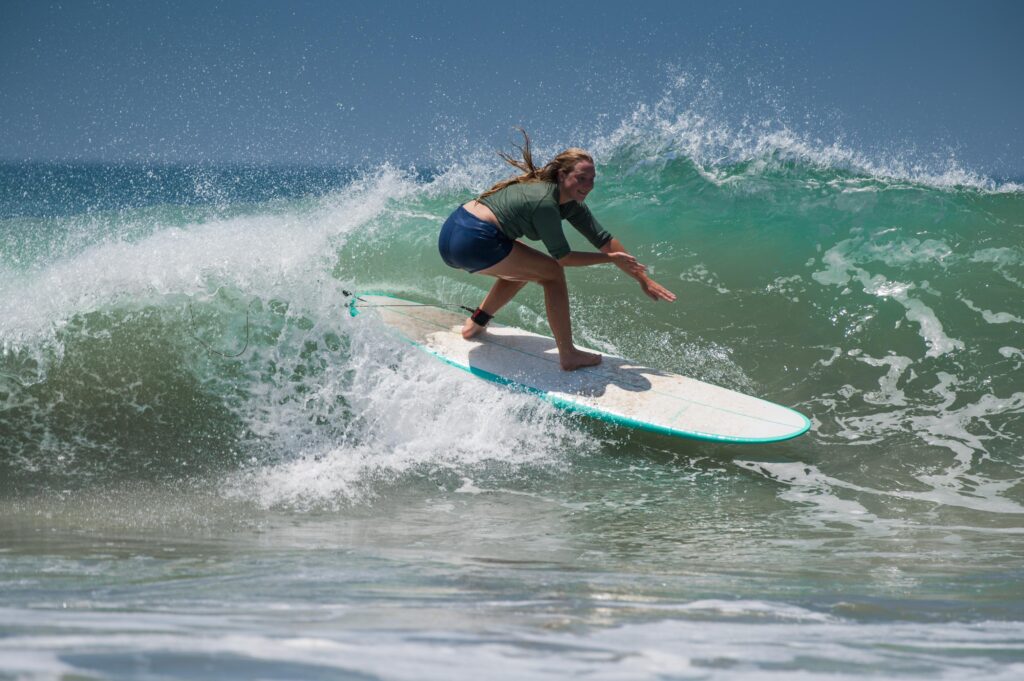Introduction to Surfing Wave Forecasts
If you’ve stood on the shore, watching waves come in, and thought about whether it’s a great day to go surfing, You’re not alone.
Understanding a surf forecast may be as tricky as learning the language of a foreign country initially.
However, just as with the new skills, by persevering and going in the right direction, you’ll be able to identify the best times to go surfing and avoid any disappointments.
This guide will assist you in navigating through the sea of forecasts for wave conditions with confidence.
No matter if you’re looking to learn how to surf for the thrill of your life or a veteran surfer trying to improve your surfing, knowing the essential elements of a surfing forecast can make
a huge difference.
From the wave’s height to the duration and conditions for wind, we’ll go over each aspect to ensure that you’re armed with the necessary information on how to prepare for your next surfing session efficiently.
The Basics of Surf Forecasting
Surf forecasts are instruments that give predictions on the conditions of the ocean and help surfers figure out the time and location to surf the most powerful waves.
In their fundamentals, these forecasts are based on information gathered through weather buoys, satellite images, and sophisticated algorithms to predict how wind and tides, as well as sea currents, interplay. But what do these graphs and numbers tell you?
Let’s get to the basics.
Understanding Wave Characteristics
Wave Height: More Than Just a Number
Wave height, which is usually measured in meters or feet, is among the most essential things that surfer’s glance at.
It is a measure of how tall waves are in the ocean, but not necessarily the waves breaking that you encounter along the shore.
For example, forecasts that show 5-foot waves may mean that the waves breaking on the surf spot you’re at are larger or smaller based on the local conditions, such as the shape of the seabed.
Beginners should look for smaller wave sizes, typically 1 to 3 feet –to test their techniques. Proficient surfers, however, usually prefer larger waves that are more challenging.
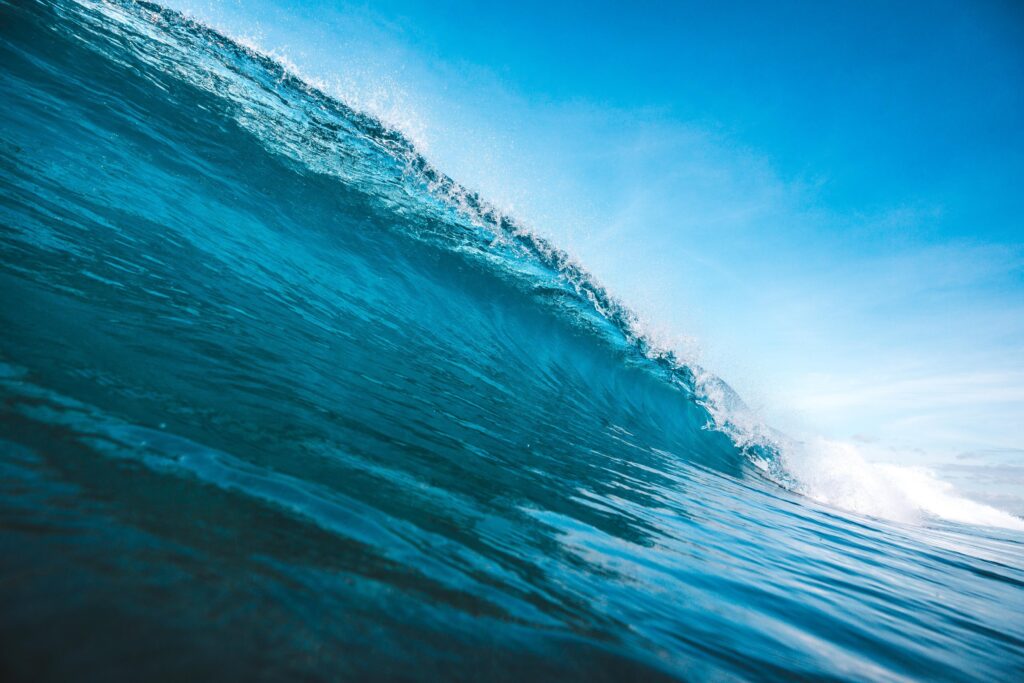
Wave Period: The Heartbeat of the Ocean
Wave period is the amount of time required for successive waves to pass an unchanging point, which is expressed in seconds.
This measurement is essential since it offers an insight into the energy of the wave. A more extended period (10 minutes or more) typically indicates stronger waves since the swell’s path has been extended and has gained strength. Conversely, shorter periods suggest choppy, less organized conditions.
Knowing the wave time helps surfers anticipate what kind of ride they can expect. A 15-second swell duration could result in soft, smooth waves ideal for carving, whereas five seconds could result in chaotic, unpredictable waves.
Environmental Factors Influencing Surf
Wind Direction and Speed: The Invisible Sculptor
The role of wind is crucial in shaping the quality of waves. Offshore winds (blowing off the land toward the ocean) improve the quality of surf, making the waves smoother and more suitable for surfing.
Onshore winds can result in choppy, chaotic waves that are less attractive.
The speed of the wind is also critical. The gentle offshore breeze is ideal, but strong winds, no matter the direction, can affect the quality of waves.
A lot of forecasts contain graphs of the wind to aid in determining the ideal timing to get the cleanest waves, usually in the morning or late afternoon, when the wind is typically less turbulent.
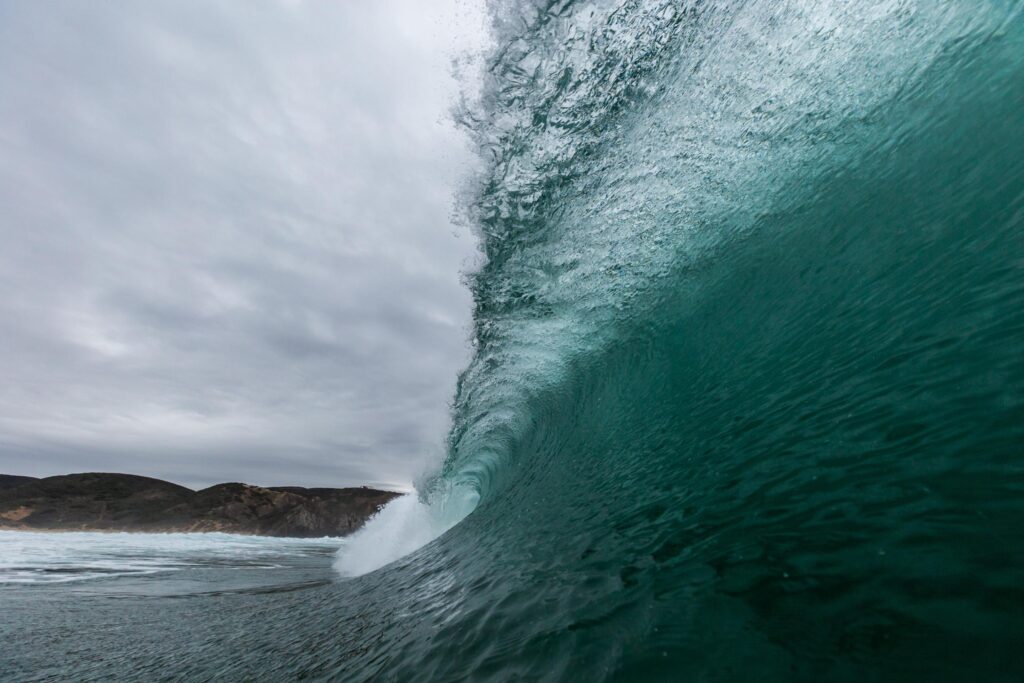
Tides: The Unsung Hero of Surf Quality
Tide is another crucial aspect when forecasting surf conditions. The rising and falling of the tide, as influenced by the gravitational force exerted by the moon, can significantly change the wave conditions.
Certain surf spots are best when low tide is present, while others shine at high tide or somewhere in between.
Knowing how tides interact with the break you’ve chosen is vital. For instance, reef breaks usually produce their best waves at high or mid tides because the extra water gives more coverage over coral or sharp rocks.
Sandbar breaks, on the other hand, may perform better during lower tides as the sand formations assist in shaping the waves into perfect peaks.
When you’re looking up a surf forecast, take a look at tide charts, which indicate the exact timing of low and high tides. Combining this information with the conditions for wind and waves can assist you in finding the ideal time to surf.
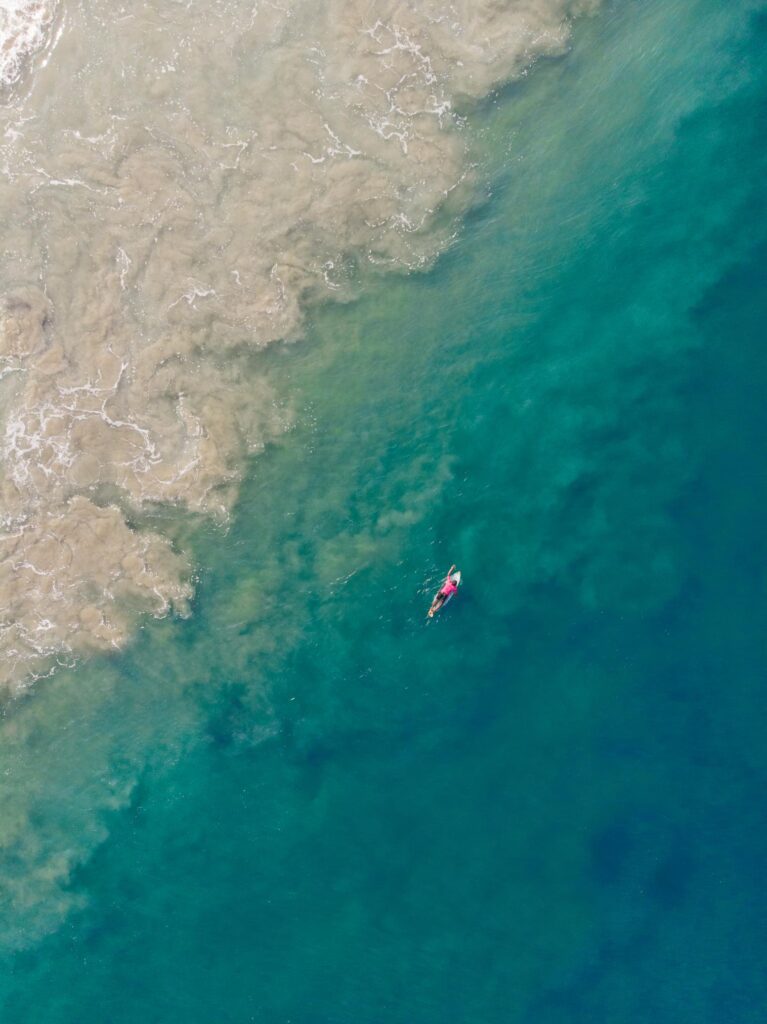
Swell Direction: The Compass of the Ocean
Not all waves are equal, and the direction of swell is the primary factor in how waves move towards the particular beach or surfing area. The direction of swells is measured in degrees, just like headings for the compass.
A one that is 180deg comes from the south. In contrast, the 270-degree swell arrives from the west.
Each beach has a direction for swells that matches its geographical location. For instance, an area facing the west could produce fantastic waves with a west-facing swell but may struggle to get the energy of a north-facing swell.
Being familiar with the best direction of swell for your preferred locations is essential to making the most out of every forecast.
Interpreting and Applying Surf Forecasts
Decoding the Forecast: Bringing It All Together
Once you have a clear understanding of the various factors of a surf forecast, the second step would be to combine the information to provide valuable insights.
Imagine you’re planning a beach session on a Saturday morning. The estimates could look like this:
- High Wave 4 feet
- Wave Time 12 seconds
- Wind Light offshore 5 knots
- Tide Tide rising from mid-tide to a high around 9 a.m.
- Swell Direction: 225deg (southwest)
This scenario suggests good-quality, well-formed waves, and good energy due to the lengthy wave period and favorable winds. If your surfing location is awash in southwest swells and can be found during high and mid tide, it’s going to be an unforgettable session!
Additional Tips for Accurate Forecast Interpretation
- Find Multiple Sources There are many sources to check: not all surf forecasts are the same. Comparing the data of different websites (e.g., Surfline, Magicseaweed, Windy) can give a better overview of conditions.
- Taking into account local Knowledge Forecasts provides an overview. However, regional variations in microclimates and coastal geography could significantly affect the quality of waves. Contacting local experts or visiting community forums can help fill in the gaps.
- Monitoring Updates Weather patterns can alter rapidly. Checking the forecast before your scheduled time ensures that the weather’s unpredictability does not throw you off.
Advanced Surf Forecasting and Planning
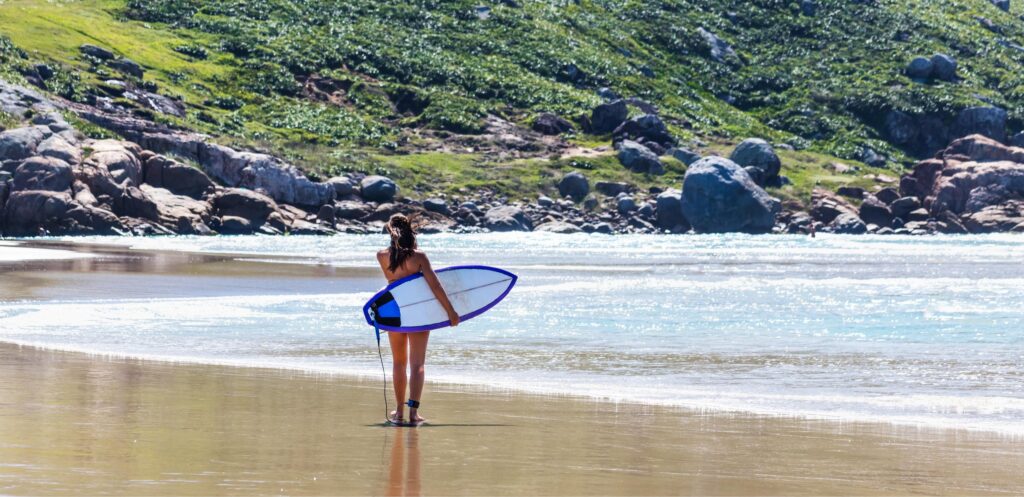
Understanding Seasonal Patterns
Conditions on the beach are usually predictable seasonal trends that will help you organize your activities during the entire year.
For example, winter months in many areas tend to create larger, stronger swells due to storms that are strong and occur in open oceans. However, summer is usually characterized by smaller, soft waves, which are perfect for novices or longboarders.
In some regions of the world, such as Hawaii or Indonesia, the trade winds and specific conditions of swell make certain months the highest quality of surfing. Understanding these trends in the region will help you align your surfing trips to the ideal conditions.
The Role of Technology in Modern Surf Forecasting
Recent years of technology have transformed the way surfers can access and interpret wave forecasts. Innovative tools like live Webcams on the web, smartphone applications, and models that use artificial intelligence to predict waves are now providing accurate, current data.
Apps such as Surfline and Magicseaweed provide personalized alerts according to your favorite surf locations and conditions. They can even give the density of crowds, which can help you avoid the peak times.
Utilizing these tools can simplify your planning process as well as improve the overall experience you have on your internet.
Adapting to Unpredictable Conditions
Although forecasts for surf are highly reliable, nature is able to throw up curveballs. A predicted 6-foot swell may be canceled, or a wind shift could occur earlier than expected. Flexibility is crucial.
Proficient surfers usually have backup locations in mind and are able to adapt to sudden changes.
For example, if winds turn onshore at the primary break, a nearby sheltered cove may still have decent surf. The ability to adapt comes with the passage of time and research.
Safety and Skill Development

Mastering the waves starts with a strong foundation in safety and skill development. Understanding ocean conditions, practicing proper techniques, and using the right gear is essential for staying safe and building confidence in the water.
Whether you’re a beginner learning the basics or an experienced surfer refining your skills, focusing on safety and gradual progression ensures a rewarding and injury-free surfing journey.
Safety First: Using Forecasts to Stay Safe
The ability to read a surf forecast isn’t just about locating the best waves. It’s about making sure you’re safe.
For example, giant waves or swells that last for long periods can trigger strong rip currents, particularly at beach breaks that are exposed.
Also, offshore winds, although great for the quality of waves, can push novice surfers away from the shore. Be aware of your level of skill and level of comfort when interpreting forecasts.
Before you go out, check for any other safety warnings, such as the appearance of jellyfish, shark sightings, or warnings about water quality. Numerous surf forecast platforms provide the information needed to inform surfers.

Practice Makes Perfect
Knowing and understanding surf forecasts is a skill that can be improved by practicing. With time, you’ll start to recognize patterns and gain an understanding of how various factors work together to create the waves at your preferred spots.
Begin by watching the forecast prior to each session and afterward examine it against the actual conditions on the water. Did the waves conform to the forecasted size and shape?
Was the direction of the wind as predicted? Making notes on your mind, or even writing down your observations in a surfing journal — can speed up your learning process.
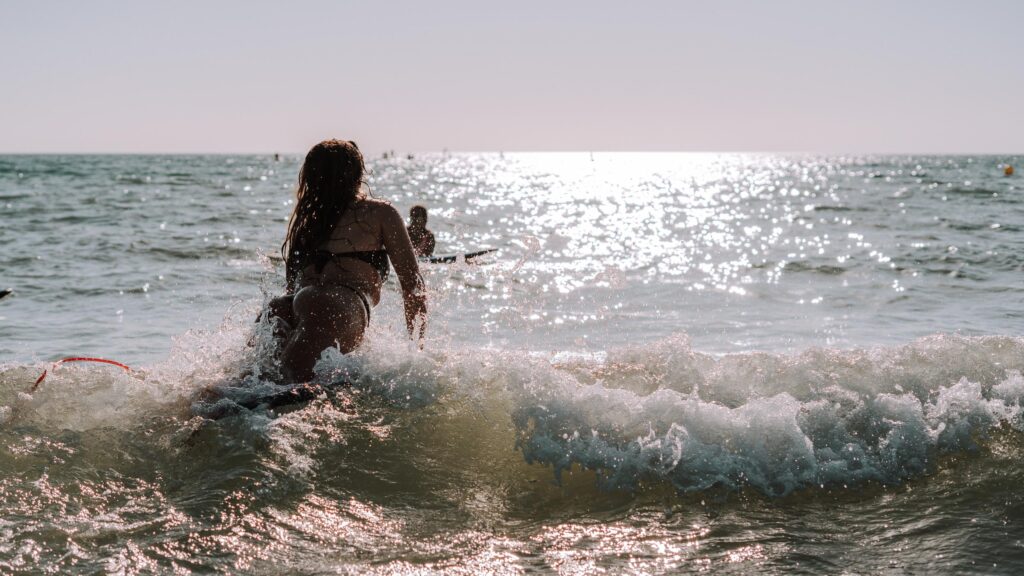
Conclusion
Learning the art of interpreting and comprehending surf forecasts is like finding the treasure map that will lead you to flawless waves and unforgettable surfing sessions.
A thorough understanding of waves’ height, duration, wind direction, tide cycles, and swell direction will give you confidence in planning your surfing trips effortlessly and effortlessly.
Combining this knowledge with surf apps, local knowledge, and a bit of flexibility, you’ll be able to face any challenges the ocean throws at you. Keep in mind that everyone who surfs has to start from scratch when understanding these forecasts.
As time passes, you can transform these charts and figures into a valuable guide for taking the wave of your desires.
So get your board out, check the forecast, and let the sea be your playground!

